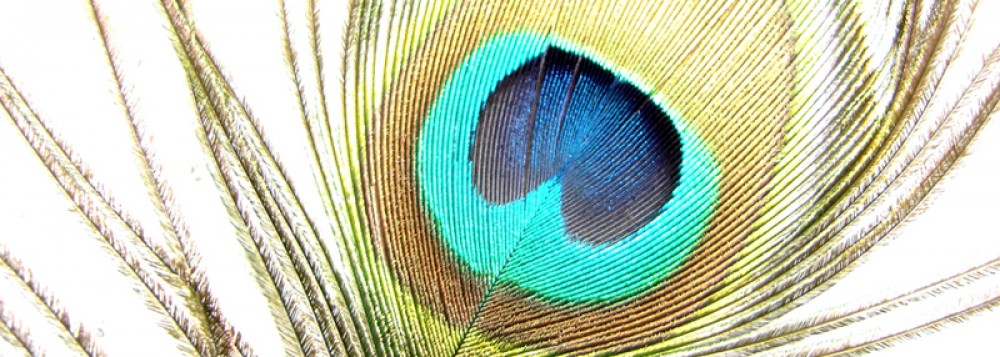The varied and rich wildlife of India has had a profound impact on the region’s popular culture. Common name for wilderness in India is Jungle which was adopted by the British colonialists to the English language. The word has been also made famous in The Jungle Book by Rudyard Kipling. India’s wildlife has been the subject of numerous other tales and fables such as the Panchatantra and the Jataka tales.
In Hinduism, the cow is regarded as a symbol of ahimsa (non-violence), mother goddess and bringer of good fortune and wealth. For this reason, cows are revered in Hindu culture and feeding a cow is seen as an act of worship.
As of January 2012, cow remains a divisive topic in India. Several states of India have passed laws to protect cows, while many states have no restrictions on the production and consumption of beef. Some groups oppose the butchering of cows, while other Indian groups are vehement that what kind of meat one eats ought to be a matter of personal choice in a democracy. Madhya Pradesh enacted a law in January 2012, namely the Gau-Vansh Vadh Pratishedh (Sanshodhan) Act, which makes cow slaughter a serious offence. Gujarat, a western state of India, has the Animal Preservation Act, enacted in October 2011, that prohibits killing of cows along with buying, selling and transport of beef. In contrast, Odisha and Andhra Pradesh allow butchering of cattle with a fit-for-slaughter certificate. In the states of West Bengal and Kerala, consumption of beef is not deemed an offence. Contrary to stereotypes, a sizeable number of Hindus eat beef, and many argue that their scriptures, such as vedic texts, do not prohibit its consumption. In southern Indian state Kerala, for instance, beef accounts for nearly half of all meat consumed by all communities, including Hindus. Sociologists theorise that the widespread consumption of cow meat in India is because it is a far cheaper source of animal protein for the poor than lamb or chicken, which retail at double the price. For these reasons, India’s beef consumption post-independence in 1947 has witnessed a much faster growth than any other kind of meat; currently, India is one of the five largest producer and consumer of cattle livestock meat in the world. While states such as Madhya Pradesh are passing local laws to prevent cruelty to cows, other Indians are arguing “If the real objective is to prevent cruelty to animals, then why single out the cow when hundreds of other animals are maltreated?”[
